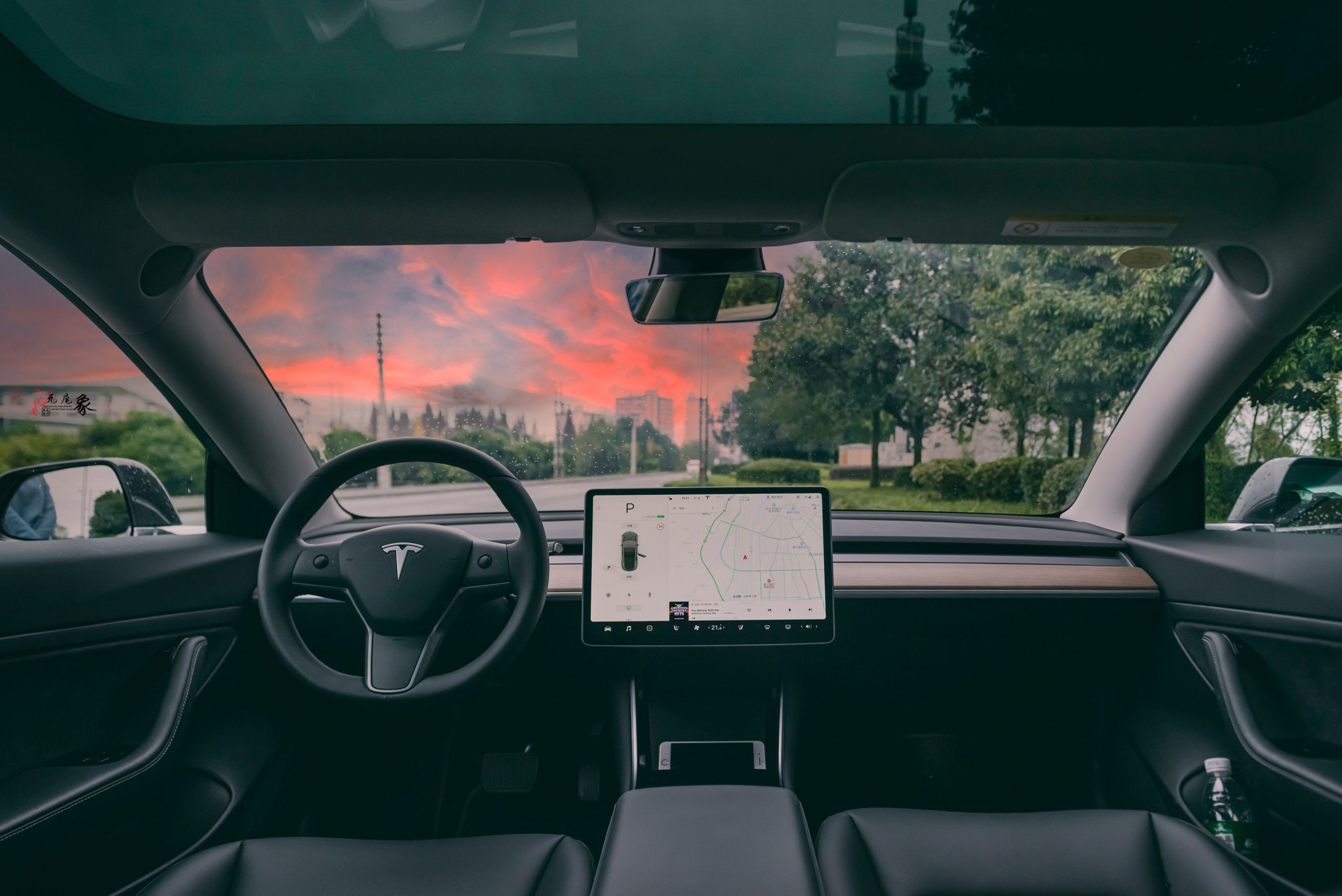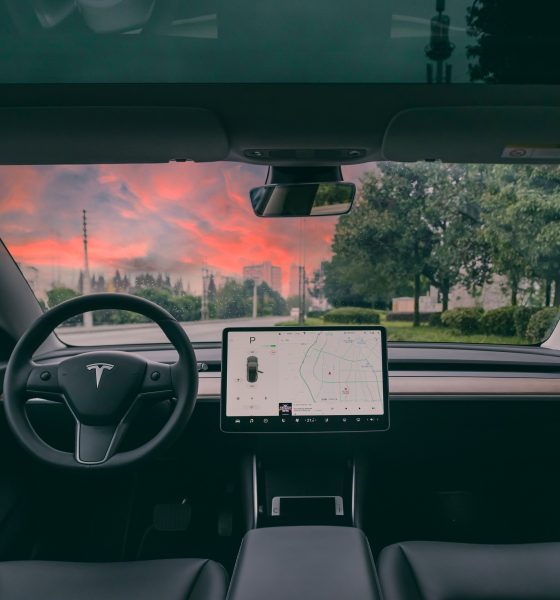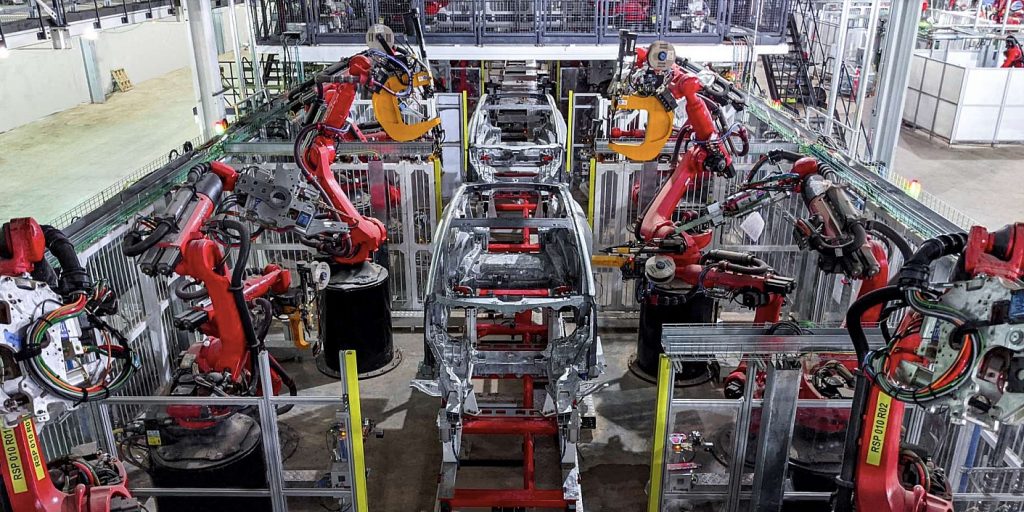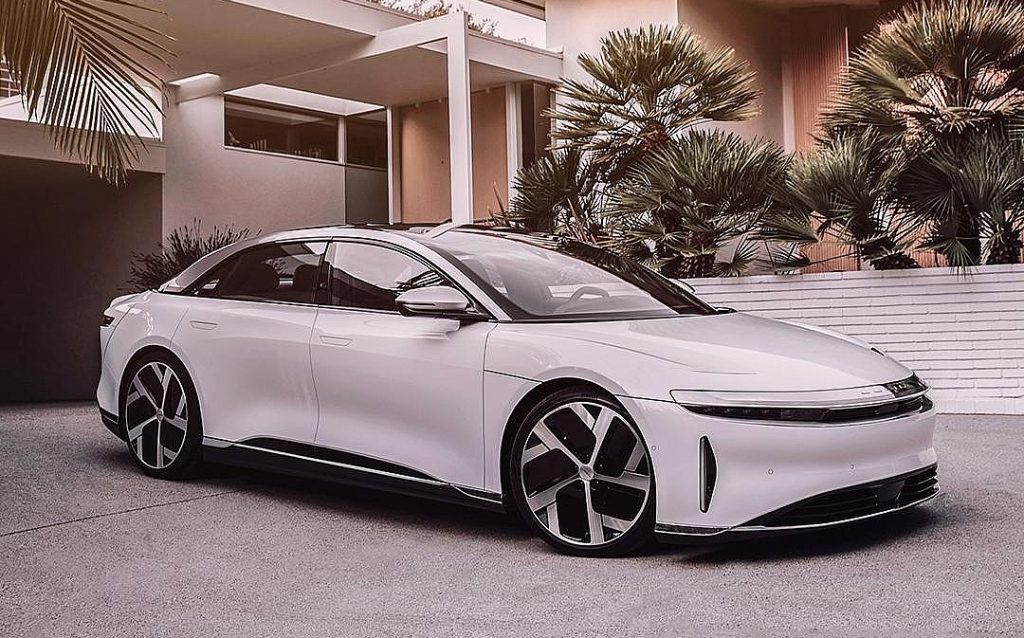

News
Tesla’s long road to maturity teaches a hard lesson for electric vehicle startups
Elon Musk may be prone to incredibly optimistic release estimates for Tesla’s products, but there is one aspect of the company that the CEO has been very realistic on — the challenges involved in mass production. Over the years, Elon Musk has highlighted this point. In the Q2 2021 earnings call alone, Musk reiterated these challenges when describing just how difficult it was to ramp the production of Tesla’s custom 4680 cells. “Limited production is easy, prototype production is easy but high-volume production is hard. There are a number of challenges in transitioning from sort of small-scale production to large volume production,” Musk said.
Tesla is now a mature electric vehicle company, but it has not always been that way. Before its eight consecutive profitable quarters, Tesla was fighting an uphill battle, coming close to ruin more than once. Today, Tesla is a strong automaker, weathering the issues brought about by the chip crisis admirably and securing $1 billion quarterly profit for the first time in Q2 2021. That’s not bad at all for an 18-year-old company competing in one of the most unforgiving segments in the market.

One thing that may be forgotten today is just how long the road was for Tesla before it was able to secure the stable ground that it stands on today. This long, arduous road, paved with several trips through “production hell,” would likely be faced by other electric car makers as well. This would likely be especially true for companies like Lucid, which entered the stock market even before it delivered its first car to consumers.
There is a trend now among electric vehicle makers. Unlike Tesla, which went public after delivering the original Roadster to customers, other EV makers have gone public through special purpose acquisition companies (SPACs). This was the case for controversial hydrogen truck maker Nikola, which saw its stock climb rapidly before plummeting down as issues about its founder Trevor Milton emerged. Nikola is not alone in the SPAC trend, with companies like Lucid and Fisker also going public through SPACs.
As noted in a Bloomberg report, a good number of these EV makers have seen quite a bit of volatility. Nikola’s rapid rise and fall aside, companies like Faraday Future have exhibited volatility not long after they debuted on the Nasdaq. Faraday saw gains in its inaugural day of trading, for example, but the company saw a 23% drop over the next two sessions.

It’s almost expected now that new EV makers that enter the stock market through a SPAC would likely see notable gains and some steep losses. And now that they are publicly traded, management decisions and strategies would likely result in their respective stocks seeing some movement.
This was experienced by Lucid Motors. The SPAC that took Lucid public earlier this year saw dips in its stock after the EV maker postponed the initial production of its Air sedan, which CEO Peter Rawlinson explained was due to the pandemic. What is quite interesting is that Lucid is already one of the more prepared EV makers that are looking to follow Tesla into the mainstream auto segment, since it has a ready product and management that seems to have things in order.
Other EV makers that have gone public through SPACs, such as Nikola, Canoo, and Lordstown Motors, ended up experiencing management turmoil even before they went public. This means that many electric car companies, particularly those who may be entering the stock market through a SPAC, may very well have to learn a hard lesson about how difficult it is to transition from being a maker of EV prototypes to a mass manufacturer of electric cars that can stand beside Tesla in the mainstream auto market.
Don’t hesitate to contact us with news tips. Just send a message to tips@teslarati.com to give us a heads up.

News
Tesla (TSLA) receives “Buy” rating and $551 PT from Canaccord Genuity
He also maintained a “Buy” rating for TSLA stock over the company’s improving long-term outlook, which is driven by autonomy and robotics.

Canaccord Genuity analyst George Gianarikas raised his Tesla (NASDAQ:TSLA) price target from $482 to $551. He also maintained a “Buy” rating for TSLA stock over the company’s improving long-term outlook, which is driven by autonomy and robotics.
The analyst’s updated note
Gianarikas lowered his 4Q25 delivery estimates but pointed to several positive factors in the Tesla story. He noted that EV adoption in emerging markets is gaining pace, and progress in FSD and the Robotaxi rollout in 2026 represent major upside drivers. Further progress in the Optimus program next year could also add more momentum for the electric vehicle maker.
“Overall, yes, 4Q25 delivery expectations are being revised lower. However, the reset in the US EV market is laying the groundwork for a more durable and attractive long-term demand environment.
“At the same time, EV penetration in emerging markets is accelerating, reinforcing Tesla’s potential multi‑year growth runway beyond the US. Global progress in FSD and the anticipated rollout of a larger robotaxi fleet in 2026 are increasingly important components of the Tesla equity story and could provide sentiment tailwinds,” the analyst wrote.
Tesla’s busy 2026
The upcoming year would be a busy one for Tesla, considering the company’s plans and targets. The autonomous two-seat Cybercab has been confirmed to start production sometime in Q2 2026, as per Elon Musk during the 2025 Annual Shareholder Meeting.
Apart from this, Tesla is also expected to unveil the next-generation Roadster on April 1, 2026. Tesla is also expected to start high-volume production of the Tesla Semi in Nevada next year.
Apart from vehicle launches, Tesla has expressed its intentions to significantly ramp the rollout of FSD to several regions worldwide, such as Europe. Plans are also underway to launch more Robotaxi networks in several more key areas across the United States.
News
Waymo sues Santa Monica over order to halt overnight charging sessions
In its complaint, Waymo argued that its self-driving cars’ operations do not constitute a public nuisance, and compliance with the city’s order would cause the company irreparable harm.

Waymo has filed a lawsuit against the City of Santa Monica in Los Angeles County Superior Court, seeking to block an order that requires the company to cease overnight charging at two facilities.
In its complaint, Waymo argued that its self-driving cars’ operations do not constitute a public nuisance, and compliance with the city’s order would cause the company irreparable harm.
Nuisance claims
As noted in a report from the Los Angeles Times, Waymo’s two charging sites at Euclid Street and Broadway have operated for about a year, supporting the company’s growing fleet with round-the-clock activity. Unfortunately, this has also resulted in residents in the area reportedly being unable to sleep due to incessant beeping from self-driving taxis that are moving in and out of the charging stations around the clock.
Frustrated residents have protested against the Waymos by blocking the vehicles’ paths, placing cones, and “stacking” cars to create backups. This has also resulted in multiple calls to the police.
Last month, the city issued an order to Waymo and its charging partner, Voltera, to cease overnight operations at the charging locations, stating that the self-driving vehicles’ activities at night were a public nuisance. A December 15 meeting yielded no agreement on mitigations like software rerouting. Waymo proposed changes, but the city reportedly insisted that nothing would satisfy the irate residents.
“We are disappointed that the City has chosen an adversarial path over a collaborative one. The City’s position has been to insist that no actions taken or proposed by Waymo would satisfy the complaining neighbors and therefore must be deemed insufficient,” a Waymo spokesperson stated.
Waymo pushes back
In its legal complaint, Waymo stated that its “activities at the Broadway Facilities do not constitute a public nuisance.” The company also noted that it “faces imminent and irreparable harm to its operations, employees, and customers” from the city’s order. The suit also stated that the city was fully aware that the Voltera charging sites would be operating around the clock to support Waymo’s self-driving taxis.
The company highlighted over one million trips in Santa Monica since launch, with more than 50,000 rides starting or ending there in November alone. Waymo also criticized the city for adopting a contentious strategy against businesses.
“The City of Santa Monica’s recent actions are inconsistent with its stated goal of attracting investment. At a time when the City faces a serious fiscal crisis, officials are choosing to obstruct properly permitted investment rather than fostering a ‘ready for business’ environment,” Waymo stated.
News
Tesla FSD v14.2.2 is getting rave reviews from drivers
So far, early testers have reported buttery-smooth drives with confident performance, even at night or on twisty roads.

Tesla Full Self-Driving (Supervised) v14.2.2 is receiving positive reviews from owners, with several drivers praising the build’s lack of hesitation during lane changes and its smoother decision-making, among others.
The update, which started rolling out on Monday, also adds features like dynamic arrival pin adjustment. So far, early testers have reported buttery-smooth drives with confident performance, even at night or on twisty roads.
Owners highlight major improvements
Longtime Tesla owner and FSD user @BLKMDL3 shared a detailed 10-hour impression of FSD v14.2.2, noting that the system exhibited “zero lane change hesitation” and “extremely refined” lane choices. He praised Mad Max mode’s performance, stellar parking in locations including ticket dispensers, and impressive canyon runs even in dark conditions.
Fellow FSD user Dan Burkland reported an hour of FSD v14.2.2’s nighttime driving with “zero hesitations” and “buttery smooth” confidence reminiscent of Robotaxi rides in areas such as Austin, Texas. Veteran FSD user Whole Mars Catalog also demonstrated voice navigation via Grok, while Tesla owner Devin Olsen completed a nearly two-hour drive with FSD v14.2.2 in heavy traffic and rain with strong performance.
Closer to unsupervised
FSD has been receiving rave reviews, even from Tesla’s competitors. Xpeng CEO He Xiaopeng, for one, offered fresh praise for FSD v14.2 after visiting Silicon Valley. Following extended test drives of Tesla vehicles running the latest FSD software, He stated that the system has made major strides, reinforcing his view that Tesla’s approach to autonomy is indeed the proper path towards autonomy.
According to He, Tesla’s FSD has evolved from a smooth Level 2 advanced driver assistance system into what he described as a “near-Level 4” experience in terms of capabilities. While acknowledging that areas of improvement are still present, the Xpeng CEO stated that FSD’s current iteration significantly surpasses last year’s capabilities. He also reiterated his belief that Tesla’s strategy of using the same autonomous software and hardware architecture across private vehicles and robotaxis is the right long-term approach, as it would allow users to bypass intermediate autonomy stages and move closer to Level 4 functionality.








